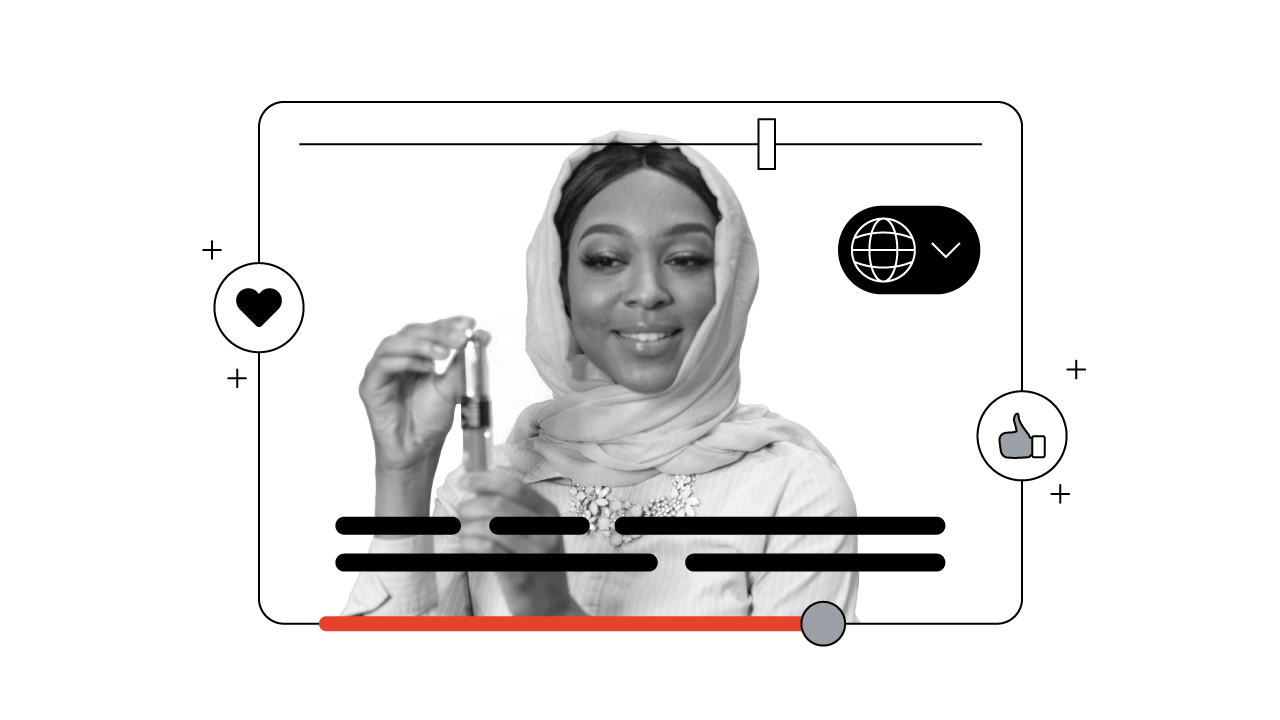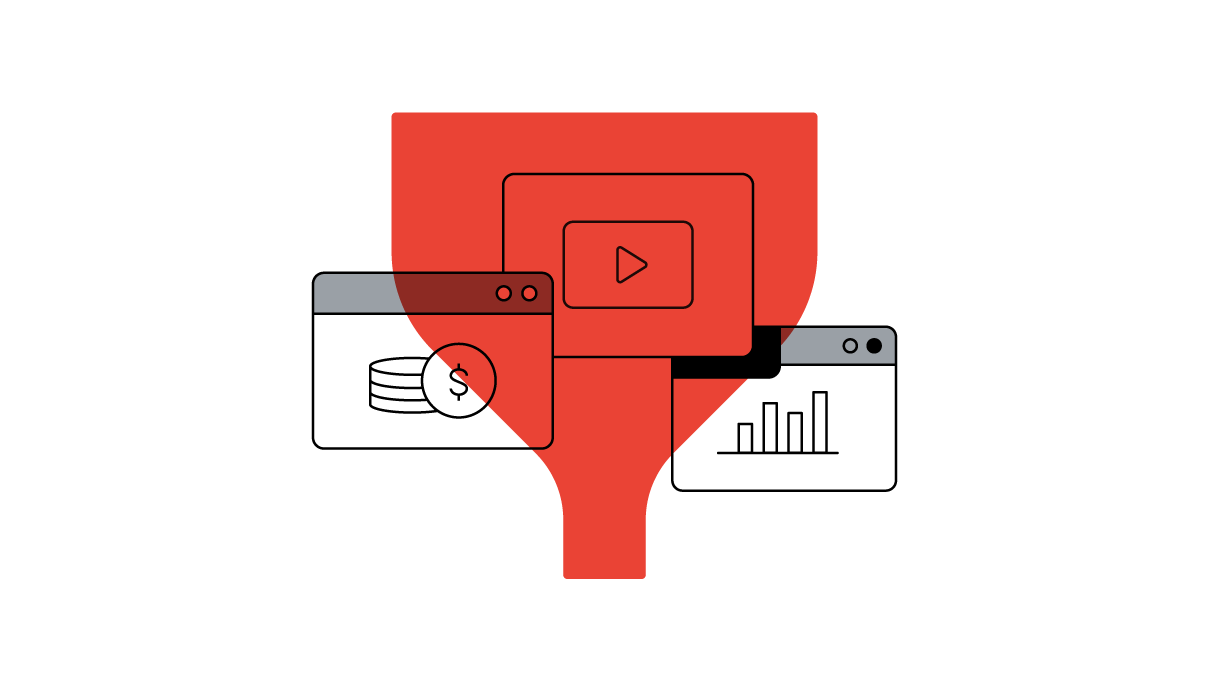How do you create a video that not only tells a great story but also drives real business results? Travis Chambers, who has helped many direct-to-consumer brands do exactly that, shares three tips.
In 2011, to kill time during a long road trip, I filmed a video of my wife trying to answer what seemed to be a quite simple brainteaser. Because her brother had a flip phone that could not receive videos, she uploaded it to YouTube.
Seven years, 12 million views, and $45,000 later, we had paid off our student loans and travelled the world on a hilarious press tour. This experience showed me that the potential video has not only tell a great story, but also drive real business results.
Today, as founder and chief media hacker of Chamber Media, I work with direct-to-consumer brands to help them recreate this same kind of magic. Here are three things that these brands do really well with full-funnel video marketing that I think other advertisers could learn from.
1. Grab attention and educate through humour
Certain tropes appear in marketing over and over, like before-and-after, testimonials, product demos and credible spokespeople. So many companies are doing exactly the same thing. You need to break through that noise to get your brand noticed and to help viewers learn about your product or service.
One way direct-to-consumer brands do this is by using humour. As a strategy, it makes complete sense. After all, two of the main reasons that people turn to platforms like YouTube are to be entertained and to learn something new. It is no surprise, then, that a video campaign blending these two things would be effective, as we’ve seen with many of the brands that we’ve worked with.
For example, when new skin care brand Nerd needed to drive awareness and increase sales in a crowded beauty market, it worked with us to create a witty ad that both entertained and taught viewers about the science behind the product. The campaign drove tens of thousands in sales with a four to one return on ad spend in just a few days, and ultimately grew lifetime value sales from $40,000 to $4 million.
2. Make it easy for viewers to become customers
Storytelling has taken over marketing. An inspiring story can indeed do wonders for brand awareness, but marketers should never forget their ultimate goal: to convince customers to buy their product or service.
Direct-to-consumer brands know this all too well. In many cases, they literally can’t afford not to seal the deal. They don’t have the time or budget to wait. That’s why they focus on making it easy for viewers to convert.
Take this campaign for natural deodorant PiperWai. It manages to highlight the product’s ingredients and benefits through a funny story that its target audience will relate to. But the brand wanted to do more than entertain and educate. So, throughout the video, viewers are invited to click on a link to purchase the deodorant. This full-funnel approach resulted in millions of views, and contributed to a 250% lift in retail sales across the country and a 70% lift in sales on Amazon.
3. Test and measure the things that matter
Digital marketers often set targets around views and click-through rates, and then fail to accurately measure and correlate these metrics to sales and return on ad spend. But for direct-to-consumer brands, it’s conversions that matter.
The best way to make sure you’re reaching those conversion goals is to test your way through. That’s why, when shooting a client video, we script and film in modular formats, giving us a lot more creative to experiment with. If we test one cut and it doesn't meet our acquisition goals, we can quickly swap in another edit of the video to see if that works better.
For do-it-yourself air-conditioning brand Mr. Cool, we shot two videos: one brand focused and another more product and support focused. The product- and support-focused videos more than doubled sales from $10 million to $26 million for the brand in less than a year. But we wouldn’t have known this had we not tested both. So as you think about your video campaign, consider shooting multiple versions and testing them with small audiences to get feedback and track conversions.
The scrappy approach direct-to-consumer brands bring to marketing helps them maximise their impact on a minimum budget. All brands can apply these principles to their campaigns, regardless of their marketing budget, to increase both brand awareness and the bottom line.






